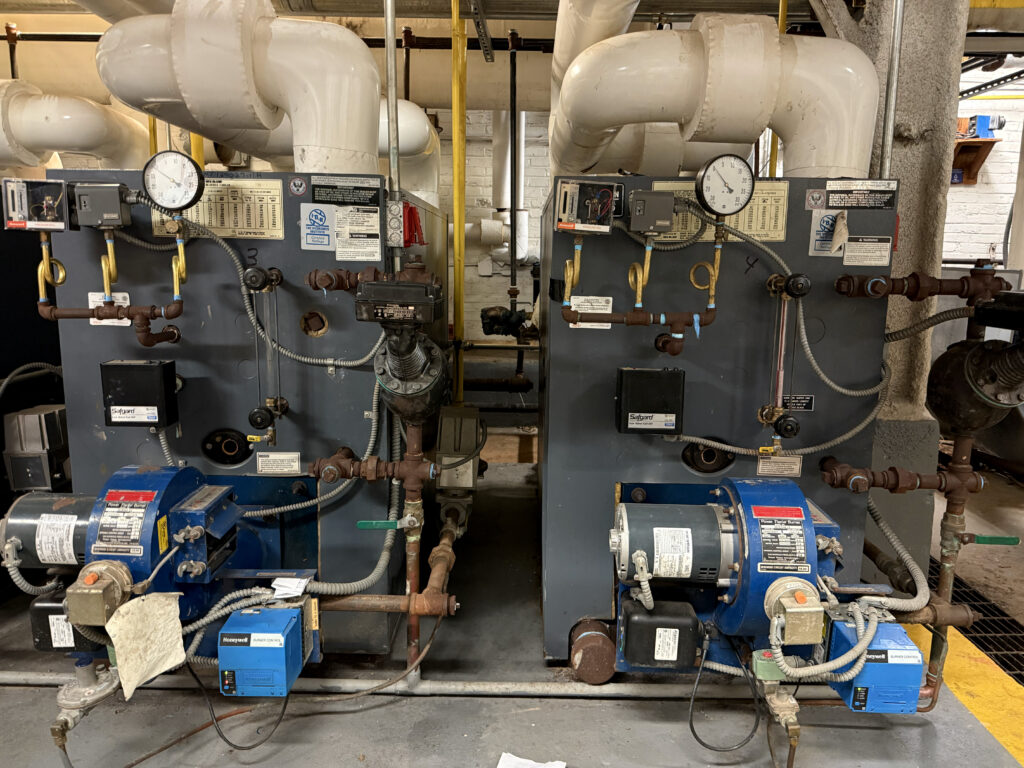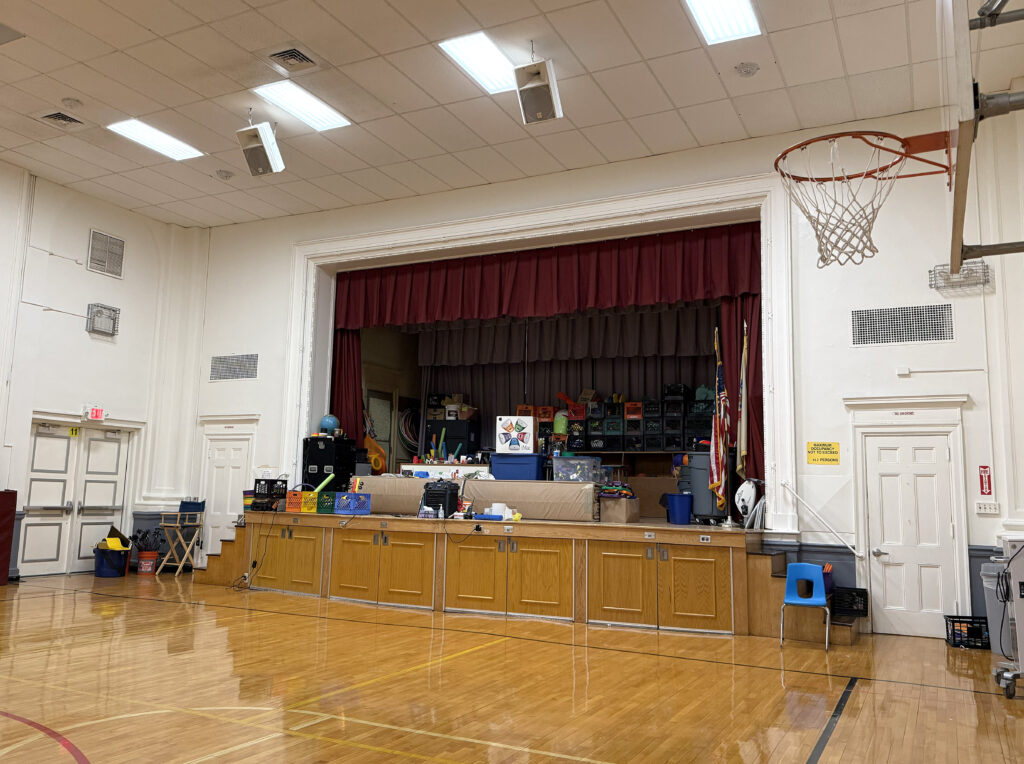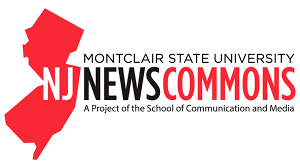The Hopewell Valley Regional School District will receive a 6% increase in state aid, according to figures released this week, offering a welcome boost to the district’s budget. However, despite the additional funding, district officials warn that a $300,000 shortfall remains, and tough decisions will still need to be made to close the gap.
“This is good news and better than we expected,” Superintendent Rosetta Treece said. “But we are still looking at a $300,000 shortfall that we need to make up. The team is still working on this to make sure we have a budget that has the least impact on the community and our students.”
The announcement came just days after the Feb. 24 Board of Education meeting, where district officials presented an updated budget outlook and discussed the district’s continuing financial pressures.
Toll Gate Grammar School Tour Highlights Infrastructure Needs
Ahead of the Feb. 24 Board of Education meeting, members of the board and the public toured Toll Gate Grammar School, one of the district’s oldest buildings. The visit provided a firsthand look at facility challenges that could be addressed in a November 2025 referendum.
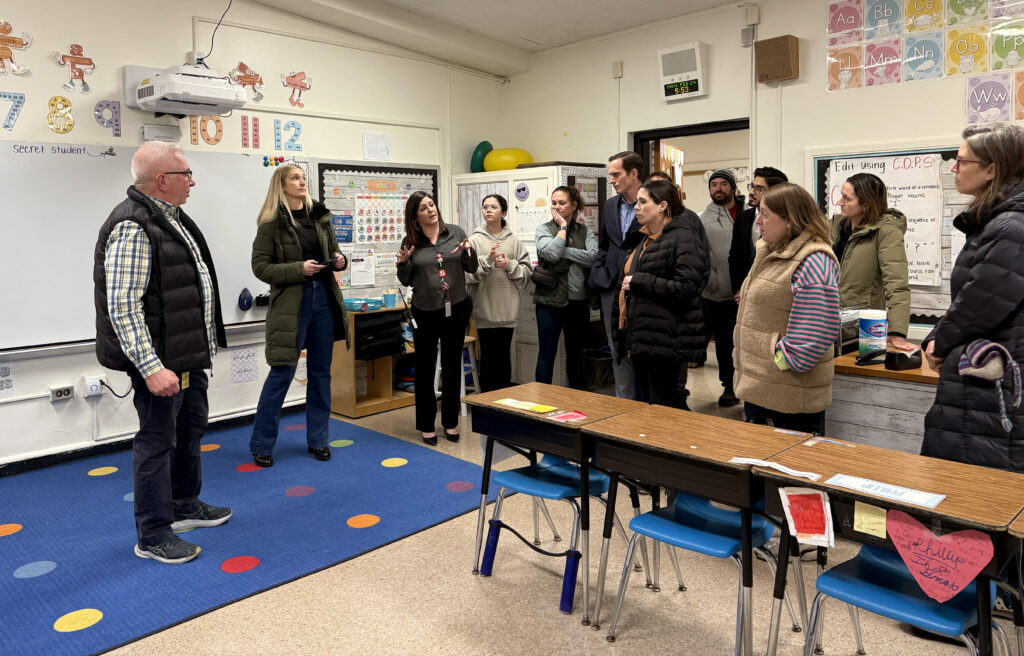
The tour showcased ongoing infrastructure concerns, including roof issues, HVAC system deficiencies, and limited classroom space, all of which have been cited as growing problems in the district’s aging school buildings.
Following the tour, the board convened at the district office for its regular monthly meeting, where members discussed potential budget realities that will be necessary regardless of state aid increase.
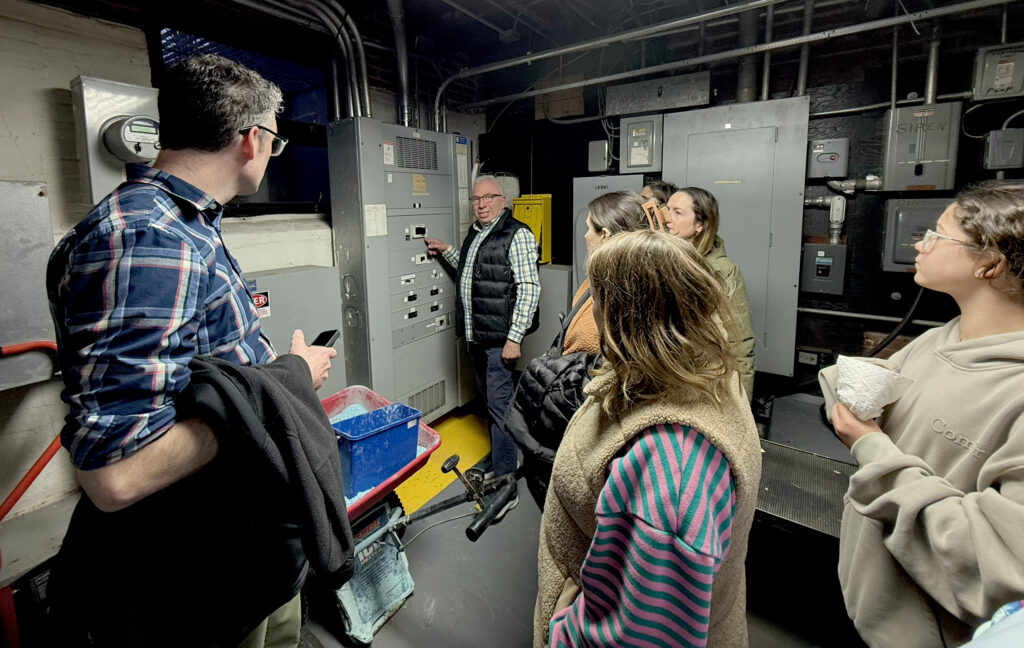
Financial Pressures Persist Despite State Aid Increase
At the Feb. 24 meeting, Assistant Superintendent Robert Colavita outlined the district’s ongoing financial pressures, including:
- Rising salaries and benefits that exceed the 2% tax levy cap
- Aging facilities in need of costly repairs
- Rising special education tuition costs, which the district has little control over
- A 3.6% increase in transportation expenses, despite state-imposed revenue caps
While the 6% state aid increase announced on Feb. 27 provides some relief, the district must still identify ways to close the remaining $300,000 budget gap.
Potential Budget Cuts Still Under Consideration
“We were in a hole before the state aid announcement,” Treece said. “Now we are just in a shallower hole. We are looking at every option for how to make this budget work while preserving as much as possible.”
While the final budget has not yet been determined, some potential cuts still being considered include:
- Larger class sizes, as staffing levels may not increase to accommodate growing enrollment
- Elimination or full-cost charges for courtesy busing, potentially raising transportation costs for families
- Further reductions in classroom supplies
- Elimination or phase-out of certain world language courses at the secondary level
- Elimination of the auto shop program
- Reduction or elimination of district-funded field trips, shifting costs to families
- Reinstatement of athletic and extracurricular activity fees
- Restructuring of K-12 exploratory offerings, which may affect electives
- Elimination or consolidation of administrative positions, increasing workloads for remaining staff
“Our goal is to find solutions that minimize the impact on students and families,” Treece said. “For programs like a world language that may be eliminated, it would be phased out so none of our students currently in the program will feel the impact.”
Federal Funding: A Small but Watched Piece of the Budget
In addition to state funding concerns, district officials addressed questions about potential federal funding changes.
While discussions at the federal level have raised uncertainty about future education funding, Treece emphasized that federal dollars account for a small portion of the district’s overall budget. The district only receives about 1% of the total school budget—approximately $1 million annually.
“We are watching these discussions closely, but right now, we are assuming any federal changes will not have an immediate impact on our budget,” Treece said. “And if we have to adjust, we will work with the new figures.”
Additionally, the district continues to explore federal grant opportunities for universal preschool, but funding availability remains uncertain. A survey was sent out to families earlier this year and Paulette Dinardo, the Director of Pupil Services updated the board that over 600 people responded to the survey with about 97% in favor of the idea.
“Two of the big factors that we are uncertain about are: number one, are they going to provide that federal grant for the 2025-26 school year? And the second one is if they do and we apply for it, we have to be granted it—and that’s uncertain,” Dinardo said.
Research and investigation will continue throughout the application process because there are a number of issues that would need to be resolved including where these classes would be held.
“We know we don’t have the space, so right now we’re exploring community partnerships. That’s what a lot of other districts have done—they’re using outside vendors that are already providing preschool for a lot of our parents,” Treece said.
If grant money becomes available it is conceivable that it would need to be implemented quickly during the 2025-26 school year. If there is no grant for the program then there will not be universal preschool offered.
Board Votes to Advance Projects List for Referendum
Beyond the immediate budget concerns, the Board of Education continued its discussion about a proposed referendum. At the Feb. 24 meeting, the board voted to work with district architects to create a comprehensive list of potential projects for a November 2025 referendum.
This vote was a critical step, as the district must submit a complete list of proposed projects to the state for approval, even if some projects do not ultimately make it onto the final referendum.
The referendum, which is still in the planning stages, may include:
- Major infrastructure repairs such as roof repairs, HVAC upgrades, and security improvements
- Expansion projects at Bear Tavern Elementary and Toll Gate Grammar School to accommodate increasing enrollment
If the first portion of the referendum (critical infrastructure repairs) is approved, the state could cover up to 33% of the cost. However, the district must finalize its proposal in the coming months to ensure it qualifies for state funding.
“We have to get this list in place now,” Treece said. “Even if not every project ends up in the final referendum, we need to go through the approval process so we have the full picture of what our schools need.”
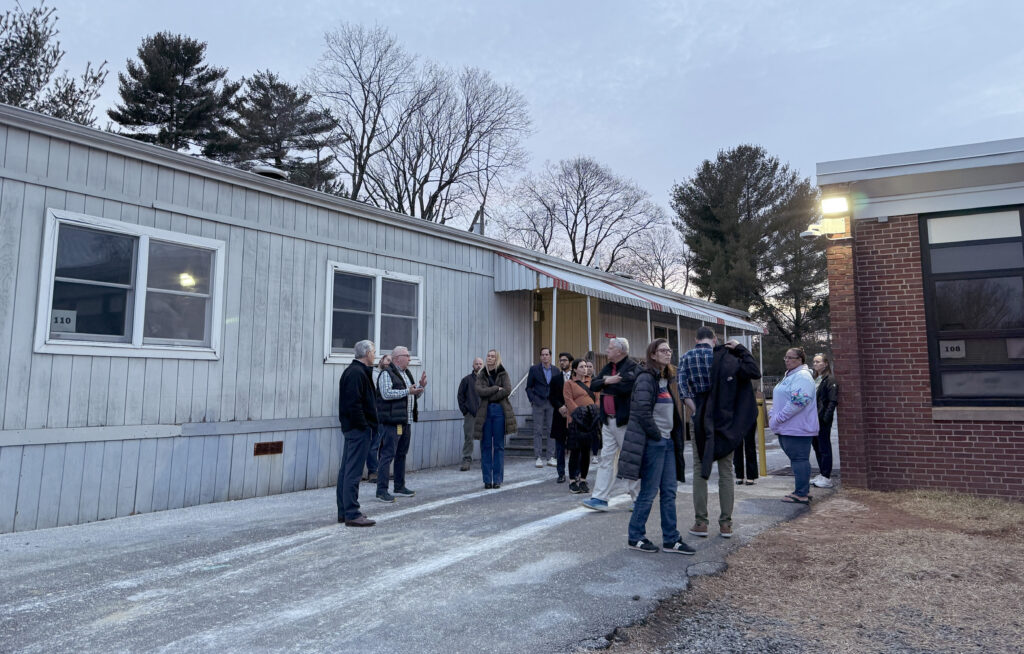
March 17 Meeting at Stony Brook Elementary
As the district continues to refine its budget and referendum plans, the next Board of Education meeting is scheduled for March 17 at Stony Brook Elementary School.
Before the meeting, a tour of Stony Brook Elementary will take place at 5:30 p.m., giving board members and the public an opportunity to see firsthand the facility challenges and infrastructure needs at that school.
To watch the Feb. Board of Education meeting visit the district’s YouTube channel.
